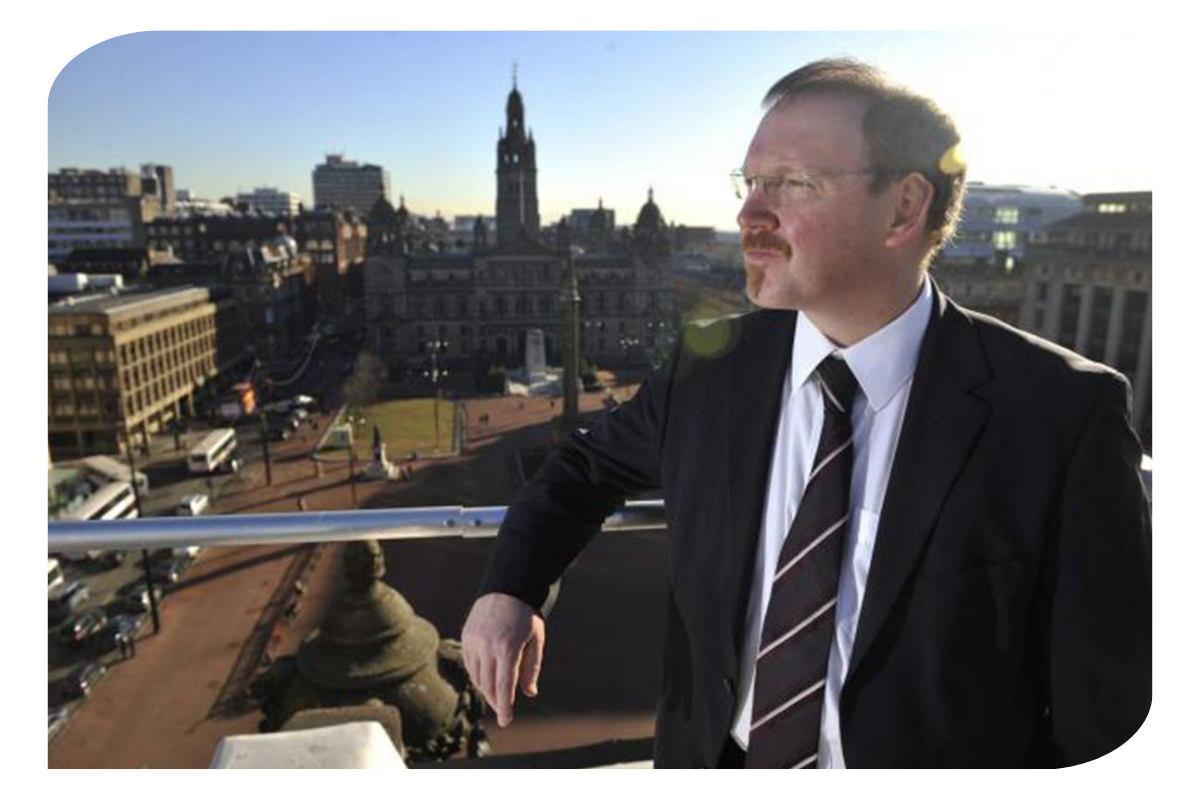
12 Feb 2020
By Stuart Patrick, chief executive of Glasgow Chamber of Commerce
The Centre for Cities annual Outlook report is always launched with a topical slant. This year the London-based think tank chose air quality in the 64 towns and cities whose statistics it reviews.
The headline message suggested that the issue is generally rather more significant the further south in the UK you go. Scotland’s cities were amongst the lowest in the UK for the incidence of days where air quality was poor enough to affect those with medical conditions.
Glasgow however, in common with most of the large UK cities, still has too many roads breaching nitrogen dioxide (NO2) limits, but it is also the only city in the UK to have joined London in implementing a Low Emission Zone (LEZ).
The City Council’s LEZ has been helpfully proportionate with an early focus on encouraging bus companies to bring their fleets up to the required Euro VI standards. First Bus alone has invested £31m in 150 compliant buses, reaching 40% compliance already and it will get to 100% by the agreed 2022 date.
Beneath this headline topic there is also a wealth of material in the Centre for Cities report signalling how the economies of towns and cities are performing. I usually pay careful attention to Glasgow’s ranking against the top 10 largest cities, since those tend to be most comparable to a city of Glasgow’s size and economic history.
Perhaps the most encouraging ranking is to be found in the skills section. Glasgow comes out as the best amongst the largest cities outside London for the education of its workforce and we shouldn’t underestimate the importance of this.
That’s why Barclays is building its campus for 5,000 staff in Tradeston and why JP Morgan is consolidating its 2,700 workforce in a new technology centre on Argyle Street.
Weekly earnings are also keeping slightly ahead of the majority of the largest cities, with London being the unsurprising outlier.
Glasgow though has too many of its workforce with no qualifications whatsoever, resulting in the Centre for Cities previously describing it as the most unequal labour market in the UK.
Getting the number of unqualified workers down by half is a key target in the city’s regional skills plan and we must surely increase the priority we give to the role of colleges and to the take up and effectiveness of apprenticeships amongst employers if we are to achieve that.
The health of Glasgow’s private sector also deserves attention. The ratio of private sector jobs to those in the public sector sits at 2.5 to one. That puts Glasgow fifth amongst the 10 largest cities with some catching up to do on the likes of Manchester and Leeds where ratios are over three to one. However Glasgow’s ratio did improve over the last year, rising from 29th out of all 64 cities to 24th.
The same cannot be said for the city’s business stock per head of population where the ranking dropped two points from 39th to 41st. The stock has been increasing but not as fast as elsewhere and whilst our private sector employment is healthy Glasgow simply doesn’t have enough home-grown businesses yet.
That’s one reason why Glasgow Chamber has been so active in supporting the development of innovation districts around our universities. Leveraging the city’s research strengths in photonics, precision medicine, low carbon industries and fintech to support a fatter pipeline of new innovative small companies is an achievable goal.
This article first appeared in Glasgow Chamber’s weekly column in Herald Business.